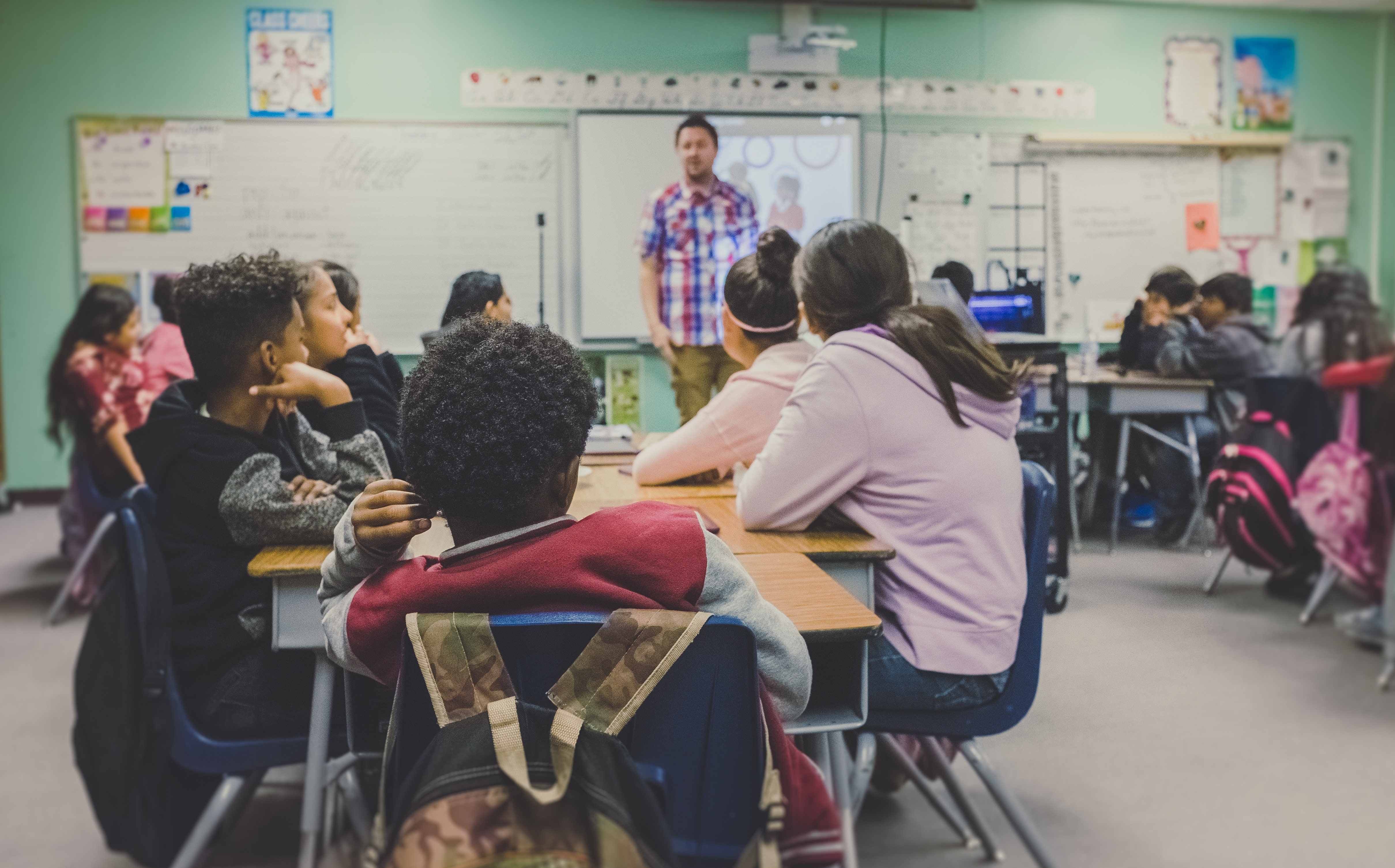
You’re the teacher. In most cases, you know the answer. But have you ever tried being wrong on purpose? The goal of education isn’t to prove the teacher knows everything about any given subject. The goal should be for students to learn as much as possible about the topic. By purposely making mistakes, you can create more engagement and teach your students to identify common mistakes in problems.
When I was a 5th grade classroom teacher, I taught my students to stand on their chair whenever I made a mistake while completing a math problem on the board. I would then purposely make common mistakes throughout the problem demonstration. For example, if we were adding fractions, I may add the numerators before making the denominators the same. My students were constantly moving, popping up and down, keeping their blood flowing and were extremely engaged with the example problem, searching for my mistakes.
Once students would stand, they would also explain to me what I was doing wrong. It empowered them and gave them a sense of accomplishment to teach the teacher. Other children in class also benefitted by hearing someone other than the teacher explain aspects of the problem. You would be surprised how something so simple can make such a drastic impact on a lesson.
Typically, this strategy worked best once the students had a basic understanding of the concepts being taught. I used the “be wrong” approach while teaching math but it could be easily adapted for different subject areas. I also often played upbeat music while I was modeling problems to keep the energy up in the room.
It’s not only okay, it’s actually GOOD to be wrong sometimes. Good luck and have fun!

Nate Wolkenhauer is a veteran elementary educator with experience teaching in Florida and Pennsylvania. While teaching, he focused on student engagement and technology integration in the classroom and was recognized as one of the top educators in the state of Florida by the Florida Department of Education. As the current Assistant Director of FCIT, he works to build curriculum and programs promoting technology integration in K-12 classrooms and informal education environments.
FCIT Newsletter
Each month FCIT publishes a newsletter with short articles on teaching and learning with technology, using digital content in the classroom, and technology integration. Subscribe today! The subscription form will open in a new window. When you have subscribed, you can close the new window to return to this page.
